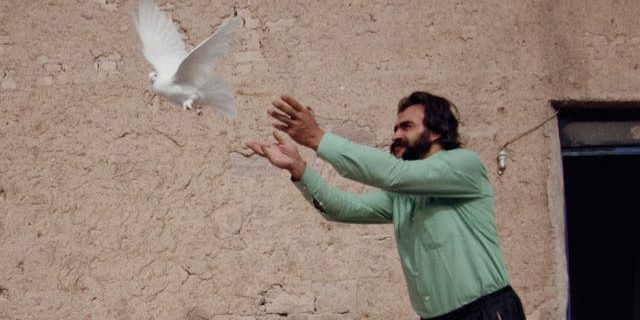
In a recent Physicians Anonymous meeting, we explored The Art of Surrender by Dr David Hawkins, and one ICU doctor experienced profound shifts by actively letting go of what they couldn’t control. Their anxiety dropped, relationships improved, and even work felt lighter. Letting go isn’t weakness—it’s sanity. In medicine, we can’t always change the chaos, but we can change how tightly we grip it. Sometimes the healthiest thing we can do is surrender—on purpose.
A few weeks ago, in one of our anonymous peer-support meetings, we did something a bit different. Instead of the usual venting, sharing, and nodding in quiet solidarity, we turned the spotlight onto a book—The Art of Surrender by Dr David Hawkins.
Now, I’ll be honest. When I first picked it up, I half-expected some vague spiritual fluff wrapped in self-help platitudes. But Hawkins surprised me. His message was deceptively simple: Let go. Consciously, actively, gently—let go of what you’re gripping onto so tightly.
So, in the meeting, we walked through the technique he describes. Step by step. No incense, no chanting, just a group of exhausted, brilliant, heart-bruised doctors doing our best to stay afloat.
One of those doctors—let’s call them Dr X—is an ICU consultant. The kind of person you want next to you when things go sideways at 3 a.m. After the meeting, they stayed behind for a few minutes. We chatted briefly. I didn’t think much of it at the time.
Four weeks later, I got a message from them. Short but seismic. They’d been practicing the letting go technique. Every day. Actively releasing anything outside their control. And in their own words, the shift was profound.
“It’s like something inside me unknotted,” they said. “The anxiety that used to hum in the background like bad hospital lighting—it’s gone quiet. I didn’t even know I could feel like this.”
And it wasn’t just their anxiety. Their attitude, their relationships, even their work-life balance—everything softened. Not in a giving-up sort of way. In a letting-it-be sort of way.
If you’re anything like me, your training taught you to hold on for dear life. Control the outcome. Anticipate the worst. Be ready to catch the ball before it drops. Surrender? Sounds like a luxury for people who don’t carry crash bleeps or emotional baggage shaped like a teaching hospital.
But here’s the rub: we spend so much energy gripping tightly to things we can’t control—patients’ outcomes, colleagues’ behaviours, admin nonsense, the relentless tide of emails—that we end up emotionally strangling ourselves in the process.
I speak from personal experience. My first burnout didn’t look like collapse. It looked like performance. From the outside, I was still functioning. Inside? Hollowed out. Resentful. Ragey at the printer. When I finally slowed down (read: crashed), I realised I’d built my identity on effort, control, and doing. Letting go felt like betrayal.
Turns out, it was my only way out.
Hawkins’ approach to letting go is refreshingly straightforward. Feel the emotion. Don’t suppress it, judge it, or act it out. Just feel it fully—without the story. And then… drop it. Like you’d unclench your fist. Again and again, moment by moment.
Sounds simple. Isn’t. But it works.
Dr X started doing this consciously during daily work stress. Instead of spiraling over decisions made by others or worrying about future shifts, they would pause, name the emotion—fear, anger, resentment—and let it pass through like a weather front. They didn’t try to solve it. Just released the need to hold it.
The result? More peace. More clarity. And—ironically—better clinical decisions.
Medicine is built on control: protocols, outcomes, metrics. We get praised for mastery, not mystery. But life—real life—is anything but controllable. Especially post-pandemic, in under-resourced systems, surrounded by suffering we can’t always fix.
The constant mental grip we carry—it’s not just exhausting. It’s a burnout accelerant.
Letting go doesn’t mean we don’t care. It means we stop trying to control what we were never meant to own. Patient mortality. Staffing rotas. NHS politics. The fact that the espresso machine is always broken. (Still not over that one.)
It means reclaiming energy for the things that do matter: presence, compassion, connection, and our own fraying sanity.
Let me be specific:
Dr X said something that’s stayed with me:
“The more I let go, the more grounded I feel.”
Funny, isn’t it? We think surrender means floating away. In reality, it’s how we land back in ourselves.
So if you’re gripping hard right now—trying to hold everything together—I invite you to try a moment of letting go. One breath. One emotion. One expectation.
Not because it’s easy. But because you deserve to feel human again.
And if you want a space to explore that with others who get it? Our doors are open. Quietly. Gently. Always.